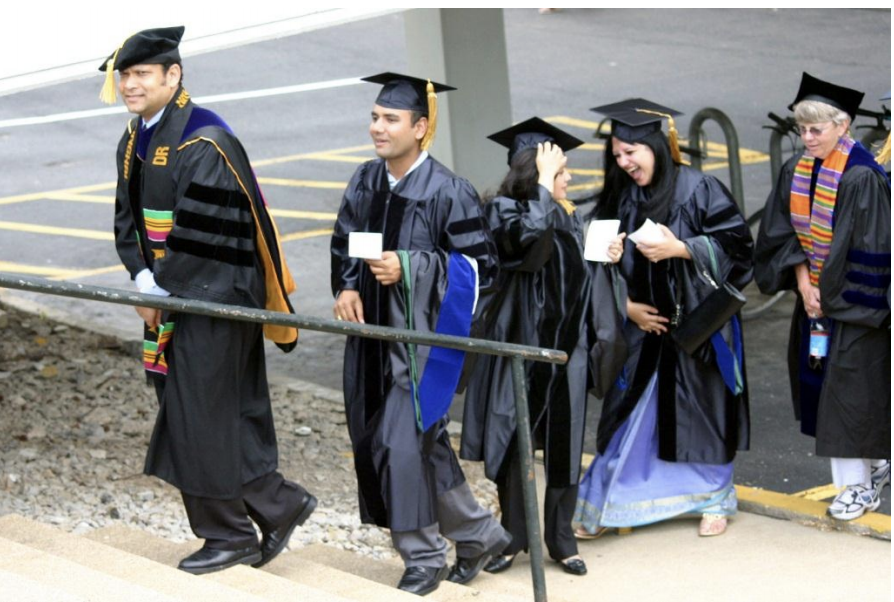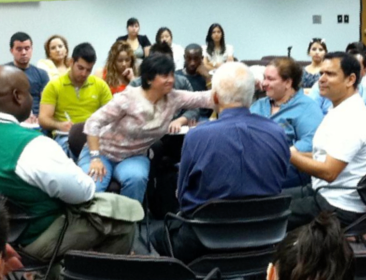“I cannot imagine not being a professor,” I remarked to Dr. Josefina Tinajero, the Dean of the College of Education at the University of Texas at El Paso, this past week after an educational video shoot in her office. “What better vocation could there be than to be part of an ongoing learning community, buoyed and drowning in the vortex of ideas,” I emphasized. She nodded.
In the past 29 years, I have taught an estimated 4,500 to 5,000 students in 150 semester or quarter-length courses in 20+ subjects offered through universities in the U.S, Canada, Germany, Thailand, Malaysia, and India. The sailing has been smooth; enjoyable, in fact. My scorecard: A mountain of crests and a handful of troughs (happily forgotten)!

One thing for sure: My quality of life as a professor has risen sharply with the distance covered. I feel it in my bones. I sense it in my stride in entering a classroom.
Need no MyersBriggs, no empirically-validated scales; I know what I know. I feel what I feel. Professors who revel in their vocational calling often hear their students say: “Professor, I enjoyed your class. I learned a lot. I thank you, and so on.” Such remarks, whether expressed orally, or penned in course evaluations and thank you notes, warm the heart and buoy the soul. I have been graced and buoyed by such warmth over the past 29 years. However, in the past eight years or so, the nature of the student feedback I hear has noticeably changed. Qualitatively, it is deeper, more soulful. I increasingly hear: “This class changed my life;” “I learned so much about myself in this class;” “I am sad that this course is ending for I will miss my classmates;” and so on. And, I have even heard students say: “Thank you for teaching me about healthy communities. But thank you also for teaching me how to learn.” Such statements more than make a professor’s day. It makes a student’s life! How do I explain this qualitative shift in student feedback? Perhaps, it is because I am getting older, wiser. Perhaps, my abilities to connect the classroom with the real world have multiplied appreciably. Perhaps I have learned to better manage classroom conflict. Perhaps I can at the drop of a hat pull out a compelling story to illustrate a point. Or, all of the above!
I believe, there may be one more explanation. In the past eight years, I have increasingly been exposed to, and have put to practice, some alternative ways to approach and design my classroom interactions. These alternative approaches, called “Liberating Structures” were developed by my friends and complexity science practitioners, Keith McCandless and Henri Lipmanowicz, whom I first met in 2003 through meetings of the Plexus Institute in New Jersey. At that time, Keith and Henri had begun to experiment with, and codify and systematize, several Liberating Structures to replace or complement commonly-employed instructional practices such as straight lecture, or free-flowing brainstorming. By 2012, they had systematized 33 liberating structures (see www.liberatingstructures.com)


